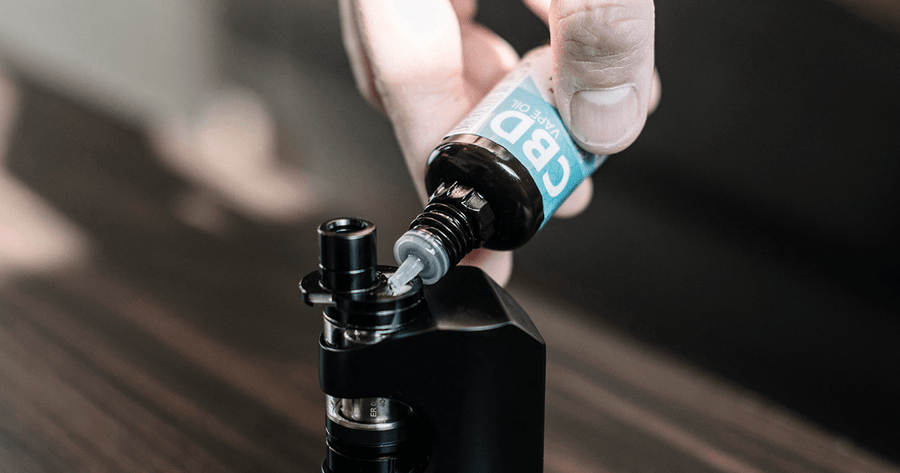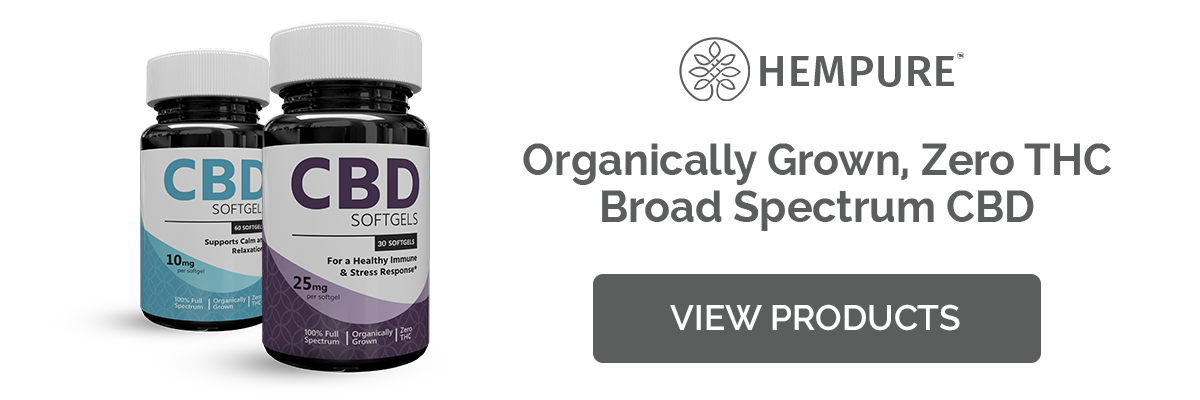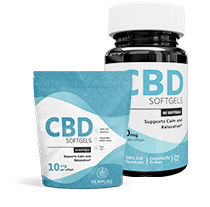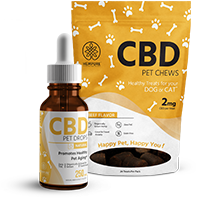CBD Bioavailability: What is Bioavailability & Does it Matter?
Sabina King on Jun 19th 2019
Lifehacks like meal-prepping, biohacking and CBD are hot trends in the wellness world. But just like prepping unhealthy meals isn't going to do much good, neither will CBD unless the CBD bioavailability is high.
What is CBD bioavailability? Let’s break it down.
The Science of Bioavailability
Pharmacology and nutritional sciences usually use the term bioavailability. It refers to the degree and rate at which the administered dose is absorbed by one’s circulatory system and reaches its target organ. For instance, if you’re taking medication for a muscle cramp, how much of it is reaching your muscular system? As you could imagine, this is of utmost importance when doctors and pharmaceutical companies determine the ideal dosage of a drug. When it comes to CBD, bioavailability would refer to the amount of unchanged CBD that reaches the endocannabinoid system.
Factors Affecting CBD Bioavailability
Bioavailability is influenced by several factors, some of them related to the physical condition of the person taking the compound, like the health of their digestive system, whether they’re ill or whether they’re taking it with/without food. Barring those, there are other elements that determine CBD bioavailability. To make it simpler, let’s talk specifically about CBD.
Consumption Method
There are several different ways to consume CBD, and each provide differing rates of CBD bioavailability.
Oral Ingestion
Taking CBD orally either in the form of capsules, edibles, or CBD oil mixed in a drink or food is one of the most convenient ways to take it, which is why it’s so popular. However, oral ingestion of does not provide the highest rates of CBD bioavailability. Research suggests that by the end of the digestive process, only between 4-20% of CBD is absorbed by the gastrointestinal system.1 This is because the CBD has to be filtered through the digestive system and metabolized by the liver. This is called ‘first pass metabolism’. At each step, some amount of CBD is lost. Manufacturers can, however, do certain things (which we will expand on later) to make sure this loss is as minimal as possible. Let's take a look:
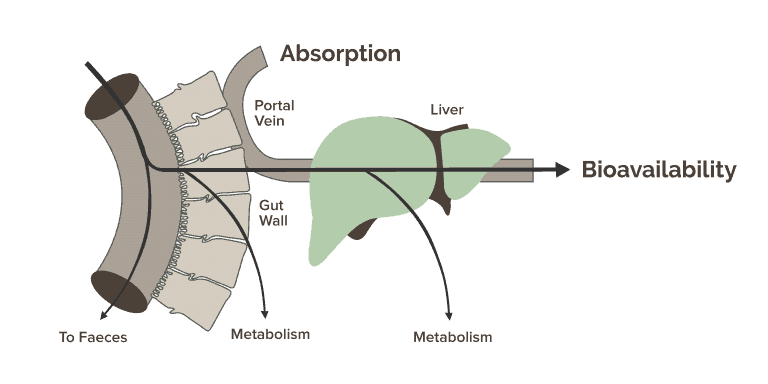
Sublingual Ingestion
Sublingual ingestion is the most effective way to take a CBD tincture. This involves placing a few drops under your tongue, holding for about a minute and a half, and then swallowing. You can also take CBD lozenges and sprays sublingually. This method increases the CBD bioavailability. The mucous membranes under the tongue absorb the CBD. Then, the CBD undergoes a diffusion process and it enters the bloodstream. This bypasses the entire process of first-pass metabolism. The quality of CBD oil will influence bioavailability in this case as well, but reports suggest that that sublingual ingestion provides CBD bioavailability of between 12-35%.2
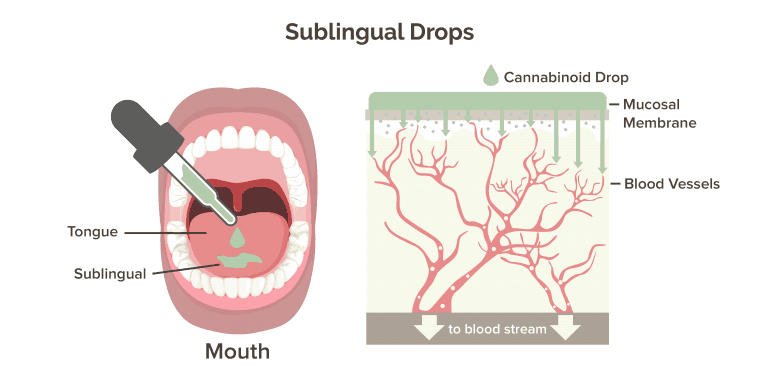
Vaping CBD
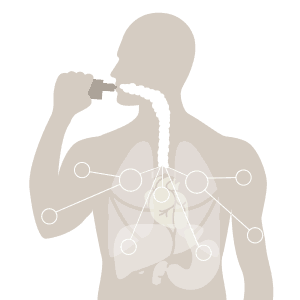
To vape CBD just add CBD vape oil to a vaporizer or vape pen. Although the lungs absorb compounds in both methods, smoking and vaping are not the same. The method of vaporizing heats the CBD enough for the vapors to be inhaled, while smoking burns a substance so the smoke can be inhaled. When vaping, CBD enters the lungs where the air sacs absorb it. CBD moves through the thin walls of these sacs and directly enters the bloodstream. CBD vape oil bioavailability could in many cases be higher than 50% when vaping.3 The effects are also much more immediate when compared to other consumption methods.
Topical Application
Topically applied CBD needs to be concentrated because human skin generally has low permeability. For instance, Hempure CBD balm contains 750mg and 1400mg of CBD in 1oz, which is concentrated enough to be absorbed by the skin. It also helps if what you’re applying is thick, like a balm or salve, as opposed to a lotion. The CBD then interacts with nearby endocannabinoid receptors to provide targeted relief to that specific area of the body. CBD that is applied directly to the skin never actually reaches the bloodstream. The only topical products that can enter the bloodstream are transdermal CBD patches. Future research may determine the exact rates of topical CBD bioavailability.
Type of CBD Blend
There are a few types of CBD out there. Besides CBD, the hemp plant contains many more compounds including THC (the part that gets you ‘high’), and other cannabinoids, flavonoids and terpenes.
- CBD isolate is pure cannabidiol with no other compounds
- Broad spectrum CBD is cannabidiol with some other cannabinoids, flavonoids and terpenes.
- Full spectrum or whole plant CBD are the same thing, containing the entire cannabinoid profile, but usually includes THC.
Research suggests that CBD combined with other compounds from the hemp plant, is actually more bioavailable than CBD isolate. Think of it as all the plant chemicals working in synergy. This is commonly referred to as the entourage effect and increases CBD bioavailability.4
Emulsification method
CBD is hydrophobic, and this is the main reason manufacturers must strive harder to maintain its bioavailability. Hydrophobic means that it isn’t soluble in water, rather it collects in fatty tissue. By emulsifying it in a carrier oil, it can become water-compatible (which most people refer to as water-soluble CBD). For example, Hempure uses MCT oil as a carrier for CBD. Some companies use hemp or other oils. MCT oil comes with its own benefits, mainly that the body treats it like a carbohydrate rather than fat. This means it travels through the digestive system faster than other oils and loses less CBD in the process. There are 3 ways to emulsify CBD into an oil:
Liposomal CBD
Liposomes are spherical structures between 50-5000 nanometers in diameter. They have an internal water compartment that can trap water-soluble ingredients, surrounded by a layer of fat, which can store hydrophobic substances (like CBD). Liposomal CBD is essentially transported to target areas in a bubble that safely carries the ingredients.
Nano-emulsified CBD for better Bioavailability
The average size of a nano-emulsified droplet of oil is 25 nanometers, significantly smaller than liposomal CBD. Most cells are capable of directly absorbing particles that are about 60-80 nanometers in size. Consequently, the body's target cells can easily absorb nano-emulsions. This makes them a popular choice for manufacturers who want their products to be as bioavailable as possible. Hempure CBD capsules contain CBD nano-emulsified in MCT oil for the highest possible absorption.
Finding the Most Bioavailable CBD
The bioavailability you require from a CBD product will largely depend on why you’re taking it – if you’re looking for therapeutic relief, opt for something with greater absorption rates. If you want a product that’s versatile, you could always get a tincture that can be used sublingually or mixed in with food and beverages, depending on your mood. Read the CBD Tincture Guide to learn more. Make sure to read your CBD label carefully so you know how much you’re getting per dose. For highly bioavailable CBD products that support your all-round wellness, try Hempure!








